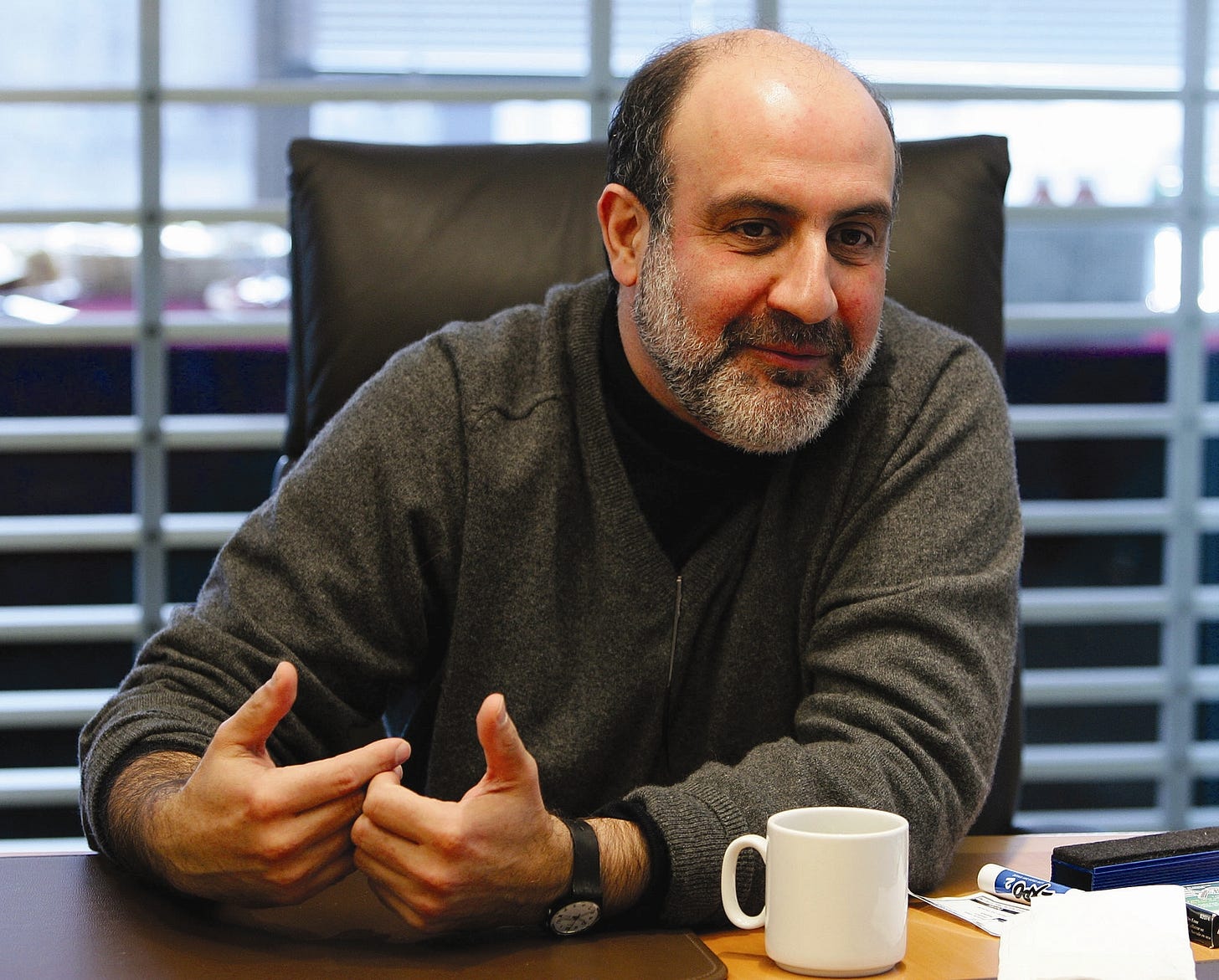You Only Need One Taleb Moment
How to Win Like Taleb in a Crash
In markets, almost everything is cyclical. But few things are as consistently cyclical as volatility.
People forget that.
When the market goes months without moving, without shocks, the dominant narrative becomes that volatility is “dead.” That we’ve entered a new era of stability. That this time is different.
It never is.

